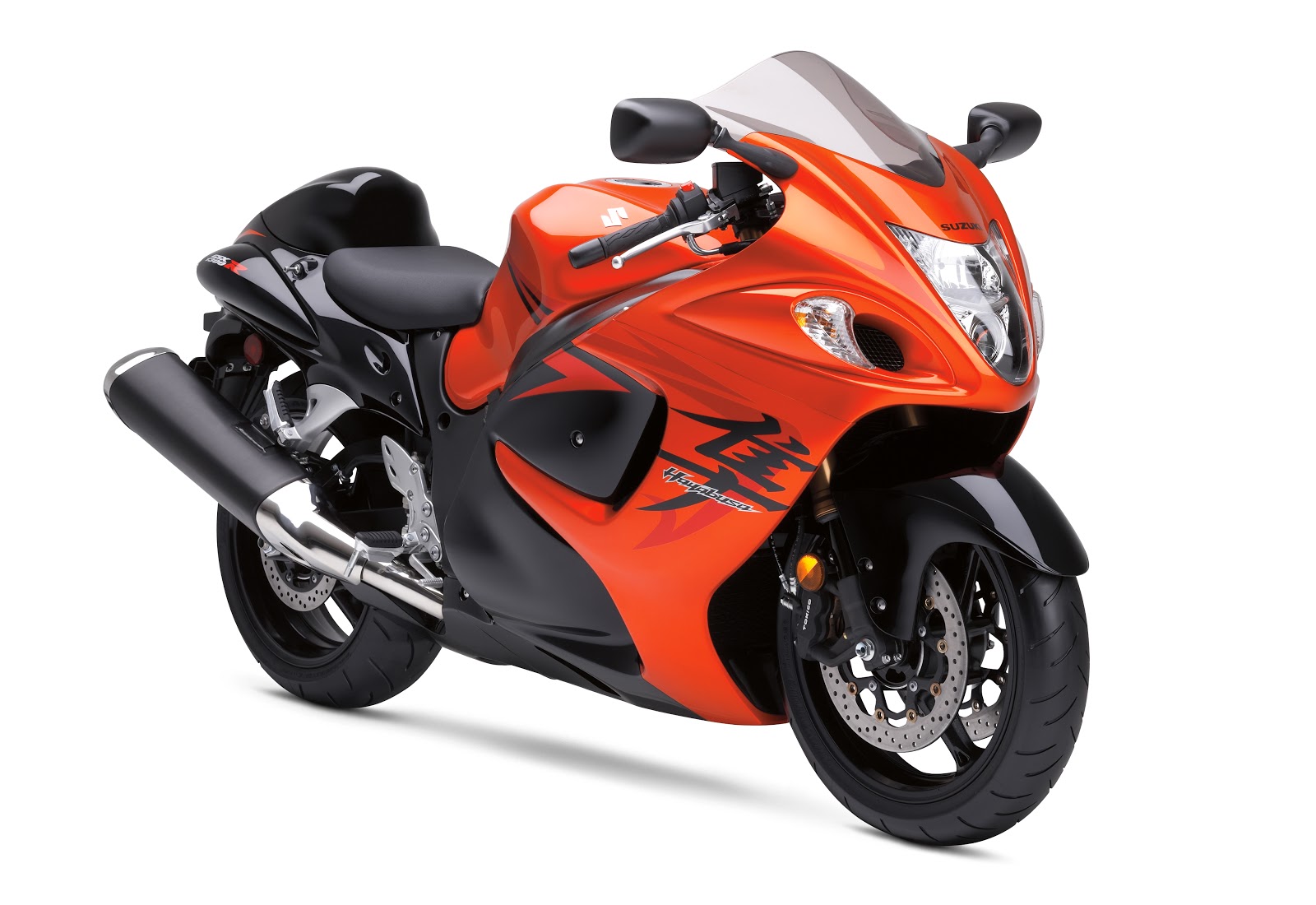Hmmmmmmmmmmmmmmmmm......
I wonder why he would say that?
Can you say "Christmas shopping"??????
See below from CBC:
Last Updated: Tuesday, October 23, 2007 | 10:31 AM ET
Federal Finance Minister Jim Flaherty urged Canadian retailers to lower their prices in wake of the strong loonie, but placed some of the responsibility on consumers to seek better deals.
"There is power to shopping around," Flaherty said following a meeting with wholesalers and retailers about the price gap between Canadian and U.S. prices on some products.
"Consumers also have a responsibility. If they don't think they are getting a fair deal, they should compare prices and shop around."
Flaherty said his message to retailers was clear — that with the Canadian dollar at par with the U.S. dollar, distributors, wholesalers and retailers should reduce their prices for Canadian consumers "as soon as possible."
"There should not be large discrepancies between similar products just because they're being sold on different sides of [the] border," Flaherty said.
Flaherty said he understood the reasons provided by retailers for the price discrepancies. He said retailers told him there are lag times with respect to inventory that was priced before the dollar reached par and they also said Canadian retailers face additional expenses, including higher freight costs and translation costs.
He said the dollar has been on an upward trajectory for a while, and businesses have had time to adjust.
Critics have urged Flaherty to re-evaluate high tariffs retailers must absorb, saying sticker prices won't reflect the strength of the loonie without active government intervention.
Won't intervene
But he reiterated the government would not intervene.
"As minister of finance I can only encourage the retail industry to let the market work. And if the market works, prices should go down."
Liberal industry critic Scott Brison, who met with retailers on Tuesday, said Flaherty's criticism of retailers is unfounded and noted that suppliers must shoulder some of the blame for the price difference.
"I have a list in front of me of some of the manufacturers providing goods to Canadian retailers, and in some cases the prices are 90 per cent higher than what they're charging U.S. retailers," he said.
Brison called on Flaherty to review high tariffs retailers have to absorb, noting that while some larger operations can afford to lower their prices, smaller companies cannot.
"[Flaherty] is blaming mom and pop retailers for what is a much more complex issue," he said.
Canadian Auto Workers president Buzz Hargrove said Tuesday that North American automakers are expecting to bow to consumer pressure and lower prices, though he said the Big Three — General Motors, Ford and Chrysler — can't afford deep cuts.
"Unfortunately, I don't think the automakers have an alternative, given the publicity and given the pressures that are out there," he said.
"Remember, BMW is one of the most successful, high-profit manufacturers in the world, whereas … Ford lost $12 billion last year. That's a substantive difference in the argument, but I do believe they'll still be forced to lower their prices."
Retailers cite size, duties as reasons for price gap
Derek Nighbor, national affairs vice-president of the Retail Council of Canada, which represents 40,000 retailers, said retailers called for the meeting in part to educate the minister about the complexity of pricing structures in Canada.
Prices have failed to drop, he said, in part because of high duties the retailers must absorb. Nighbor also notes that Canada's size means it has less purchasing power than the United States.
"As far as the global economy goes, we're pretty small players still. Even some of our largest retailers in Canada couldn't compete with the size of a regional retailer in California, for example. So it's an issue of scale," he said.
Canadian shoppers find deals
Many Canadian consumers have complained that Canadian prices are about 20 per cent higher than in the U.S. In a CBCnews.ca forum, many shoppers said they have found significant savings by travelling south of the border for a range of items including GPS navigation systems, car seats, cars and books.
"The Canadian market has not been price competitive with the U.S. since 2003," Bob Kay of Midland said in the forum.
"I just bought my first American (but Japanese) car brand new and am really enjoying driving it, especially after knowing everyone else paid $45,000 while I paid $33,000 for the exact same thing!"
 The Retail Council of Canada says high duties and complex pricing structures account for the pricing gap between Canada and the U.S.
The Retail Council of Canada says high duties and complex pricing structures account for the pricing gap between Canada and the U.S.
(CBC)
Nighbor acknowledges the price gap but says a grim economic forecast has helped keep U.S. prices artificially low.
"U.S. retailers have been slashing prices and bleeding margins just to hang on to any degree of market share because of all the economic issues and the fear that they're heading into a recession," he said.
Anna Wallner, host and producer of the show The Shopping Bags, said the deepest discounts can be found in border towns. She strongly encouraged shoppers staying north of the border to negotiate prices.
"It's always OK to ask for a discount, and now more than ever it's important to wear your smart negotiating hat," she said.
Last week, two of Canada's biggest retailers — Wal-Mart and Zellers — announced they were dropping prices on some goods to reflect the loonie's rise. In September, Porsche announced they were lowering their prices in Canada by an average of about eight per cent on its 2008 models to better reflect the loonie's strength.


 The Retail Council of Canada says high duties and complex pricing structures account for the pricing gap between Canada and the U.S.
The Retail Council of Canada says high duties and complex pricing structures account for the pricing gap between Canada and the U.S.
 6 month graph of Canadian dollar against US dollar
6 month graph of Canadian dollar against US dollar



